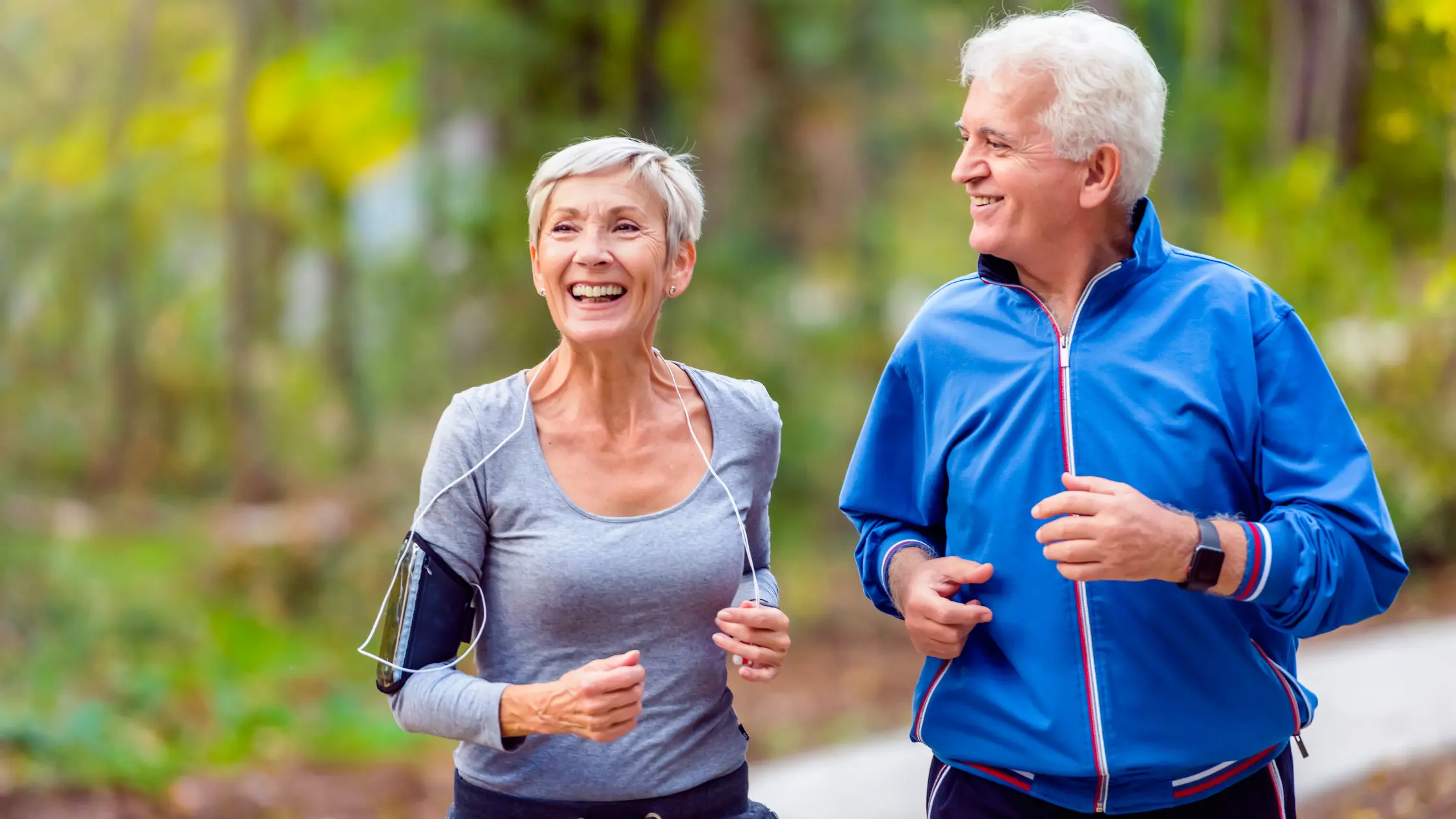Whether you were once more physically active or have never prioritized regular exercise, now is an opportune time to initiate an exercise and fitness routine. Maintaining physical fitness is equally crucial for seniors as it is for younger individuals.
Why is exercise essential for older people? Elevating your heart rate and challenging your muscles benefits nearly every system in your body, enhancing your overall physical and mental well-being. Regular physical activity helps in sustaining healthy blood pressure, preventing harmful plaque buildup in arteries, reducing inflammation, improving blood sugar levels, fortifying bones, and mitigating the risk of depression. Moreover, a consistent exercise program can enhance your sex life, promote better quality sleep, decrease the risk of certain cancers, and is associated with an extended lifespan.
Many older adults may hesitate to engage in physical activity due to unfamiliarity with effective and safe exercise options and uncertainty about the necessary exercise duration. The good news is that any form of movement is superior to a sedentary lifestyle, so starting with smaller activities and progressing to longer workouts is perfectly acceptable. Aim for a minimum of 150 minutes of moderate-intensity activity per week, but if you cannot start at that level, gradually work your way up. While there are dedicated exercise routines for seniors, incorporating physical activity into your day, such as taking the stairs or engaging in yard work, is also beneficial.
Regarding exercise and fitness for seniors, most can commence without consulting a doctor—although there are exceptions. Individuals with major health conditions like diabetes, high blood pressure, heart or lung disease, osteoporosis, or neurological diseases should definitely consult their doctor first. Those with mobility challenges, such as poor balance or arthritis, should also seek advice from their healthcare provider.
Engaging in regular exercise is a multifaceted solution that not only elevates your mood but also fortifies your immune system, reducing the risk of heart disease, diabetes, high blood pressure, and colon cancer. The benefits extend beyond physical health; numerous studies confirm that exercise is a key factor in enhancing overall well-being and longevity. “Starting to Exercise” addresses vital questions about physical activity, serving as a comprehensive guide to initiate and sustain a personalized exercise program tailored to your abilities and lifestyle. Embrace the transformative power of exercise for a healthier and more fulfilling life.
How much physical activity do older adults need?
For older adults, regular physical activity is a cornerstone of maintaining optimal health. It serves as a preventive measure, delaying or averting many age-associated health issues. Engaging in physical activity also contributes to the strengthening of muscles, enabling the continuation of daily activities without relying on external assistance.
Even a modest amount of physical activity holds considerable health benefits, and the positive impact on health further amplifies with increased activity levels. Adults aged 65 and above are advised to aim for at least 150 minutes per week of moderate-intensity activities, like brisk walking, or alternatively, 75 minutes of vigorous-intensity exercises such as hiking or running. Additionally, incorporating muscle-strengthening activities at least two days a week and balance-improving exercises, such as standing on one foot, are recommended.
It’s important to note that if chronic conditions pose limitations, engaging in physical activity to the best of one’s abilities and considering individual conditions is crucial. Prioritizing regular physical activity tailored to personal capabilities contributes significantly to overall well-being in the golden years.




